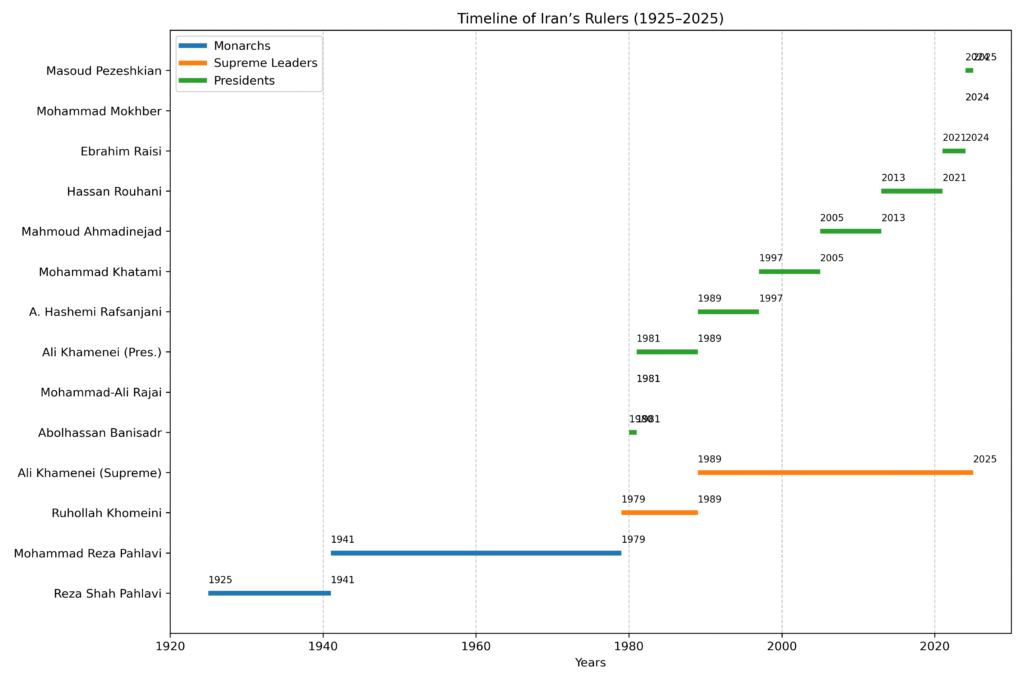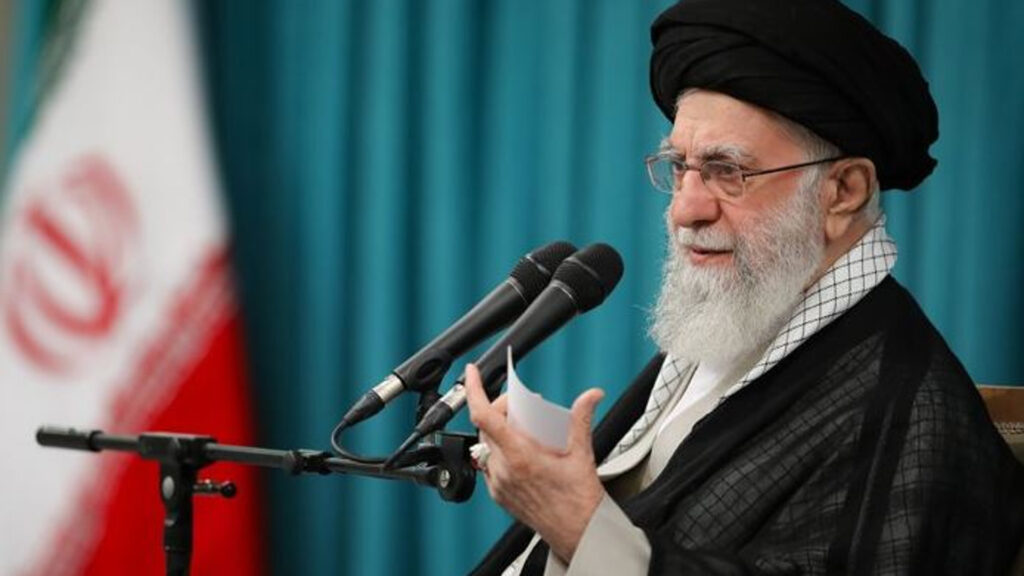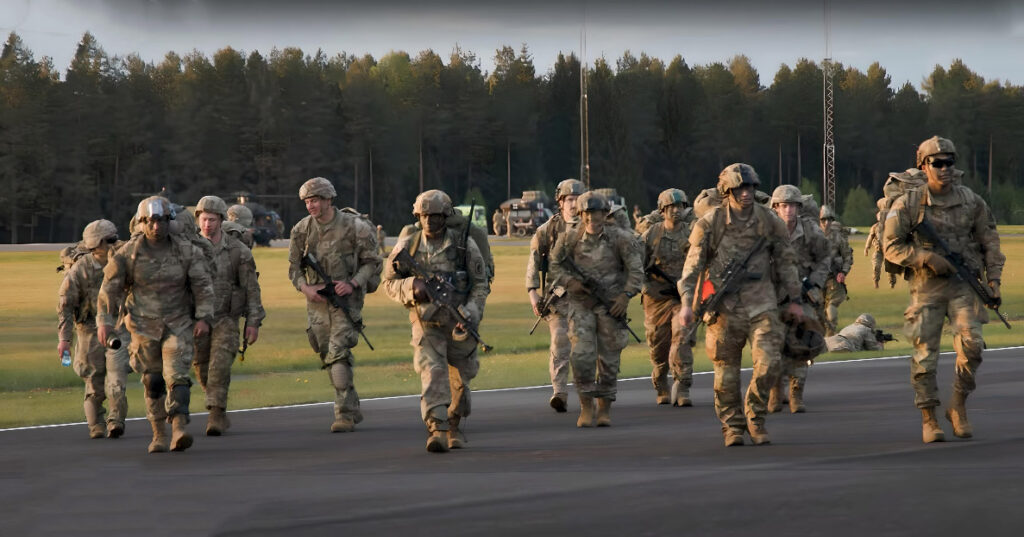Published: June 21, 2025 | Updated: June 21, 2025
In a historic move, Iran’s Supreme Leader, Ayatollah Ali Khamenei, announced three potential successors on June 21, 2025, amid fears of assassination and escalating Iran-Israel conflicts. This rare disclosure signals a critical moment for the Islamic Republic’s leadership and raises questions about its future stability.
Why Khamenei Named Successors in 2025
The announcement follows heightened tensions, including:
- Israeli Airstrikes: On June 13, 2025, Israel targeted Iranian nuclear sites and killed IRGC Commander Hossein Salami, per BBC News.
- Retaliatory Attacks: Iran launched missiles at Israeli targets, escalating the conflict, as reported by The Times of Israel.
- Assassination Fears: Khamenei’s retreat to a Tehran bunker, noted by Iran International, reflects regime concerns.
- U.S. Pressure: Calls for IRGC sanctions and Trump’s veto of an assassination plan add geopolitical strain, per Reuters and RBC.
Khamenei’s decision, reported by Clash Report on Telegram, aims to ensure a smooth leadership transition. Analysts cited by Al Jazeera suggest the successors are senior clerics or IRGC figures, though their identities remain undisclosed.
Who Will Succeed Khamenei?
Historically, the Assembly of Experts, an 88-member clerical body, selects the Supreme Leader in secret. Khamenei’s public naming of successors breaks tradition, possibly to:
- Rally Loyalists: Strengthen IRGC and clerical support amid domestic unrest.
- Deter Threats: Signal resilience against Israel and U.S. pressure.
- Secure Legacy: Ensure the Islamic Republic’s continuity.
A Tehran source told Reuters that Khamenei’s move addresses external threats and internal economic challenges. Speculation points to IRGC-linked clerics, but no confirmed names have surfaced.
Iran-Israel Conflict Fuels Succession Talk
The 2025 Iran-Israel war has intensified regime vulnerabilities:
- Nuclear Strikes: Israel hit Iran’s nuclear facilities, aiming to curb its ambitions, per The New York Times.
- Proxy Escalation: Iran bolstered Hezbollah and Houthi attacks, per The Times of Israel.
- Leadership Losses: IRGC commanders, including Hossein Salami, were killed, weakening Khamenei’s circle, per BBC News.
Khamenei’s bunker retreat in Tehran’s Lavizan district underscores the crisis, as noted by Iran International.
Implications for Iran’s Regime Stability
The succession announcement raises critical questions:
- Will it unify or divide the regime? Public disclosure may expose IRGC-clerical fault lines.
- Can successors maintain control? Economic hardship and protests challenge the regime’s grip.
- What’s next for Iran-Israel tensions? Escalation risks a broader regional war.
Khamenei’s move, while defiant, highlights the Islamic Republic’s precarious position. As global powers watch, Iran’s leadership transition could reshape its future.

The image is a horizontal timeline graph showing Iran’s rulers from 1925 to 2025. Each ruler’s tenure is a horizontal line spanning their start and end years, labeled with exact years (e.g., “1925” and “1941”). The Y-axis lists 14 rulers, from Reza Shah Pahlavi (top) to Masoud Pezeshkian (bottom). The X-axis shows years (1925–2025), with gridlines every 10 years. Lines are colored: blue for monarchs (Reza Shah: 1925–1941, Mohammad Reza: 1941–1979), orange for supreme leaders (Khomeini: 1979–1989, Khamenei: 1989–2025), and green for presidents (e.g., Banisadr: 1980–1981, Rajai: 1981–1981, Pezeshkian: 2024–2025). A legend in the top-left corner identifies the roles. Short tenures (e.g., Rajai, Mokhber: 2024–2024) appear as thin segments.



